







From J. Barkley Rosser: en.wikipedia.org/wiki/J._Barkle…
Source: cs.umd.edu/~gasarch/BLOGP… A paper that argues against being too formal with programming languages.

Christopher Strachey, co-inventor of CPL and denotational semantics studied in King’s College with Alan Turing. Strachey would later reach out to Turing for Mark 1's handbook.

Augustinian thought emphasized non-mechanizable intuition over Aristotelian mechanizable empiricism.

Source: A Treatise on Algebra by George Peacock (1830) — one of the early treatise on symbolic approach to algebra archive.org/details/atreat… /via pron.github.io/posts/computat…

Source: pron.github.io/posts/computat…
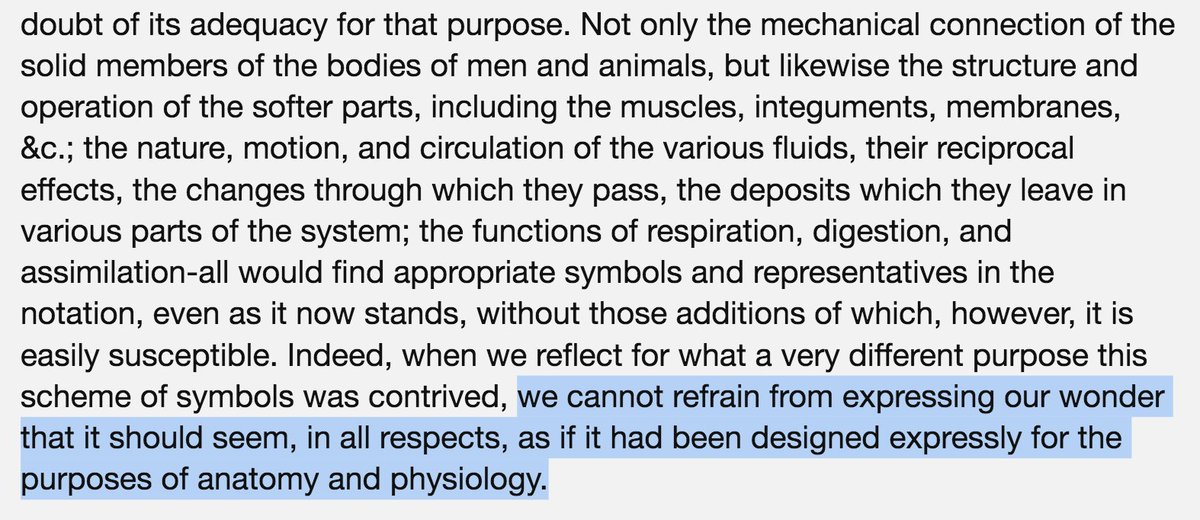
Source: pron.github.io/posts/computat…



Cf. Montague quantification (linguistics) has connections to continuations (functional programming): en.wikipedia.org/wiki/Montague_…
Source: pron.github.io/posts/computat…


Source: blog.steveklabnik.com/posts/2010-07-…

As I explore this further, I sense that a lot of ideas in compiler design is yet to make it to mainstream programming, particularly frontend.
As seen in the footnote from Michael Mahoney’s paper on computation: rutherfordjournal.org/article030107.…

More detail:



1/ The proof is very much a finite vs. in(de)finite thing
2/ Many popular accounts that refer it are over-simplifying and using it for erroneous conclusions (Example: Gödel proved that logic is inconsistent!)
3/ Gödel called for Platonic realism


1/ Cirru: cirru.org
2/ Lamdu: lamdu.org
3/ Luna (DAGs): luna-lang.org
4/ Pure Data (DAGs): puredata.info





1/ Raymond Smullyan’s exposition: amzn.to/3bCcMxm
2/ Gödel’s Theorem — An Incomplete Guide to Its Use and Abuse: amzn.to/3607dYD This one addresses the unwarranted extrapolations seen in pop media. h/t @AlexanderKatt


He made it so that first year undergrad students could understand it.



Here is McCullough (the co-inventor of artificial neurons) using them on a blackboard:


Second image is the trace of a Turing machine performing the busy beaver program represented using Wang tiles.


Source: logic-alphabet.net/notation_syste…

The manuscripts are available from the Harvard archive: hollis.harvard.edu/primo-explore/…

He builds up a minimal notational system in which a true assertion is expressed as P and it’s negation as PP. Elimination and development of these propositions is then conducted.


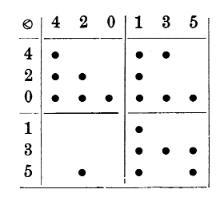

I downloaded it from HathiTrust and put it on this repo: github.com/prathyvsh/hist…
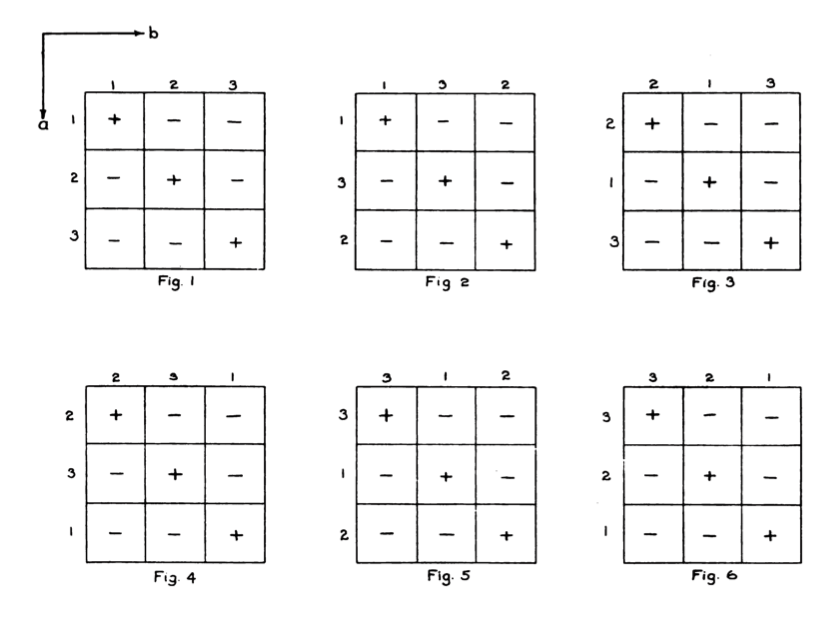


let x = 3; is equivalent to def x() => 3;
What is the use? This means, if you are after a language basis with least amount of primitives, you can do away with variables and just use functions like in Lambda Calculus.
He wanted to show how interdependent samples converge to a stable configuration corresponding to the long term average behaviour of the system.
First figure from: archive.is/aVN4j



Wish research environments supported versioning of notes.


1/ Yoneda Lemma: en.wikipedia.org/wiki/Yoneda_le…
2/ The Pragmatic Maxim of Peirce: en.wikipedia.org/wiki/Pragmatic…
3/ Leibniz’ Compossibility: en.wikipedia.org/wiki/Compossib…
1/ Robert Rosen’s work on (M, R) systems: link.springer.com/article/10.100…
2/ Yuri Gurevich’s: arxiv.org/abs/1901.04911

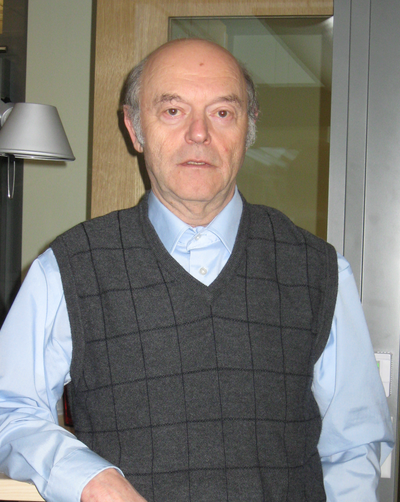

Slides here: cs.bham.ac.uk/~zeilbern/talk…
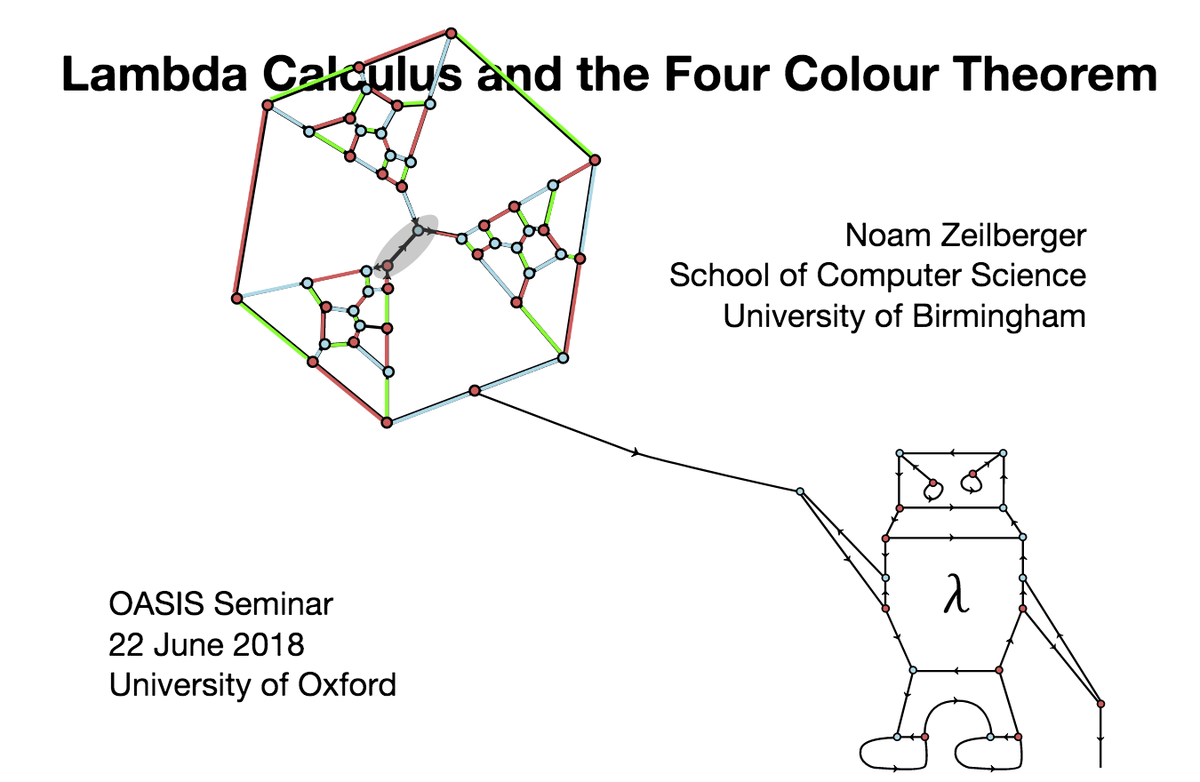
I had visualized Lambda terms as trees earlier: but this is a richer representation as maps connect lambda functions with topology.
Second slide from @noamzoam: noamz.org/talks/syco5.20…


I did a review of another one here:

Second image from Peano’s text: archive.org/details/formul…


Got it from:
Source: cs.helsinki.fi/u/jllang/Intro…

She is considered as the founding mother of recursive function theory. Reminisce here: sdsc.edu/ScienceWomen/p…
cc @valeriadepaiva @WomenInLogic1


















































